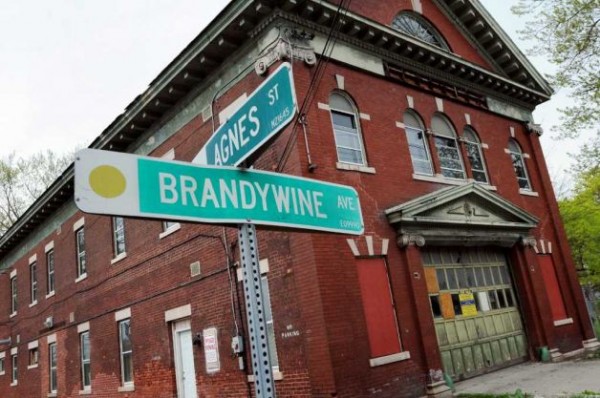First Project under Prince George’s County’s New Pro-PLA Policy a Disaster
Prince George’s County’s first attempt to implement a wasteful and discriminatory project labor agreement (PLA) mandate under a November 15, 2011, policy (read the Prince George’s County press release on the policy here) is poised to be a costly disaster for county residents.
Bids have been submitted for a fire station construction project in Brandywine, Md., that was estimated to cost $2.9 million. The lowest bid is approximately $4.2 million – a 41 percent increase over the estimated cost of the project! (See the bid results here.)
County officials have not awarded the project under the PLA requirement yet, and we urge them to rebid the project without this wasteful and discriminatory mandate.
The significant cost increase is no surprise. The history of PLA mandate failures in the Mid-Atlantic region is extensive. In Washington, D.C., adjacent to Prince George’s County, several large and high-profile projects were built with PLAs mandates, including the Washington Nationals baseball stadium and the D.C. Convention Center. Both projects experienced major problems, including significant cost increases.
A comprehensive list of PLA failures in Washington, D.C., is available on TheTruthAboutPLAs.com here.
The last high-profile PLA project in Prince George’s County was a disaster as well. The $2.4 billion Woodrow Wilson Bridge was a federally assisted project that included renovating the bridge spanning the Potomac River between Maryland and Virginia and updating four major bridge-related interchanges. The bridge superstructure contract temporarily was subjected to a union-favoring PLA requirement by former Maryland Gov. Parris Glendening (D). Originally estimated to cost $450 million to $500 million, the bridge’s superstructure contract received just one bid in December 2001 at a price of $860 million – a 78 percent cost overrun and $370 million more than engineering estimates.
The PLA was subjected to a legal challenge and related controversy involving the White House and elected officials in Maryland and Virginia. Eventually, the Wilson Bridge superstructure contract was rebid without the government-mandated PLA into three smaller bid packages. In October 2002, multiple bids were received for each of the smaller contracts from union and nonunion firms, and the winning bids came in significantly below the engineering estimates. While the bridge project was delayed more than a year for re-bidding, it eventually was completed on time and below the original budget.
Learn more about the Wilson Bridge here.
These examples should serve as case studies for Maryland’s leaders on the impact of Big Labor’s handouts. Nevertheless, Gov. Martin O’Malley’s administration is pursuing a federal GSA-style PLA preference policy for the construction of a juvenile detention facility in Cheltenham, Md.
Similar to the discriminatory PLA preference policy adopted by the GSA and the PLA preference the Metro Washington Airports Authority (MWAA) attempted to institute on Phase 2 of the Silver Line metro project, giving bidders willing to agree to a PLA an unfair advantage on the Cheltenham project would severely limit the ability of merit shop contractors to compete effectively for this project. It would make it nearly impossible for the vast majority of Maryland’s construction workforce that chooses not to join a labor organization to compete for a project funded by their own tax dollars.
The astronomically high bids for the Brandywine fire station project should be a warning to elected leaders: PLA mandates do not make sense for Maryland. Taxpayers deserve the best construction at the best price – and political-motivated considerations should not be a factor. Maryland leaders should follow Anne Arundel County’s lead and say no to PLA mandates.
In addition to concerns about increased costs, the National Black Chamber of Commerce has raised concerns that Prince George’s County’s pro-PLA policy could harm minority and disadvantaged businesses and workers in the community.
We will continue to follow the situation in Maryland closely.












